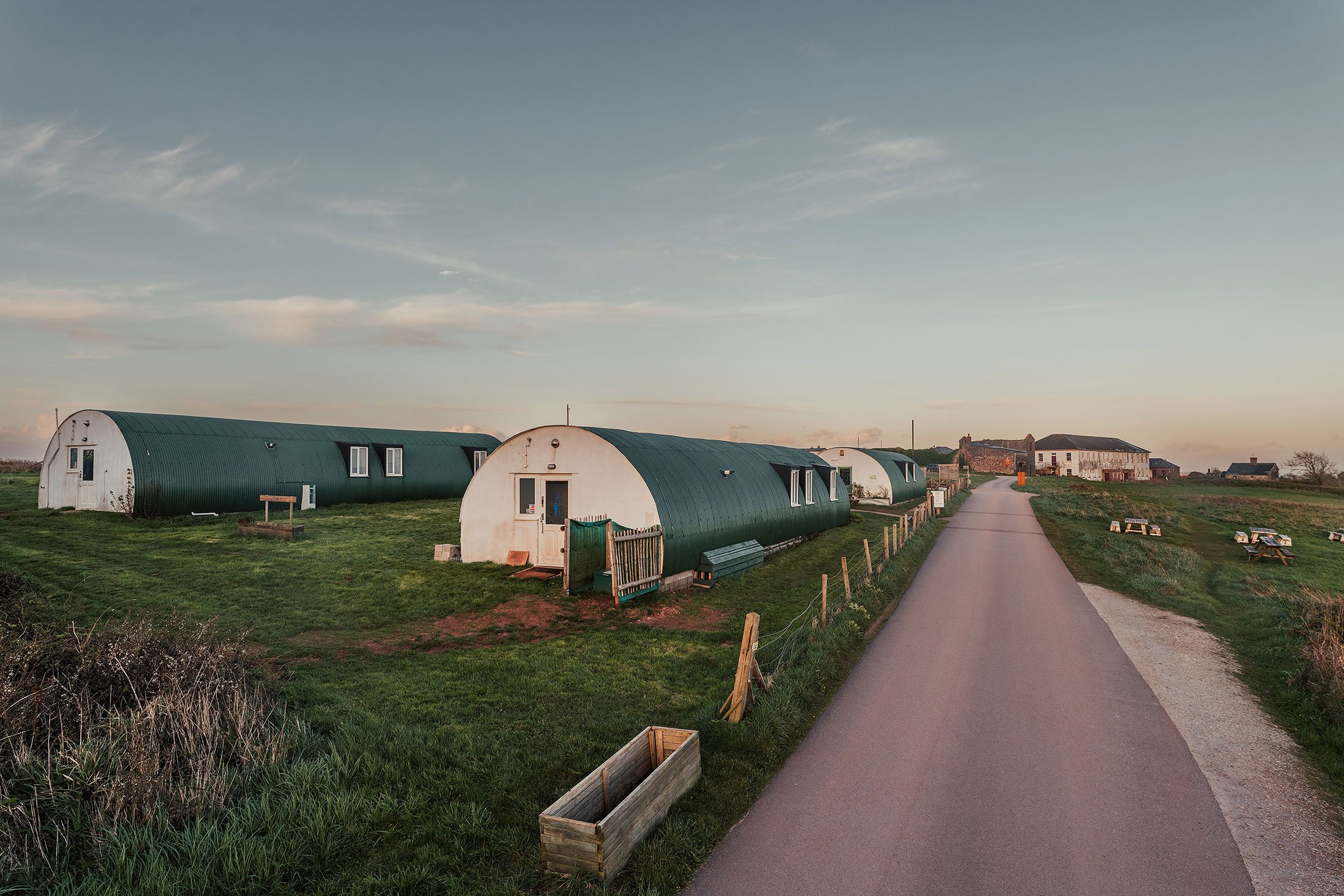
Redoubt No.3
Redoubt No.3
Redoubt No. 3, in common with all the others in the line of four, may have been originally dug as a temporary platform in 1779 when the threat of an invasion from the combined French and Spanish fleets was a real prospect.
The Redoubt consists of a simple rectangular platform surrounded by a ditch on all four sides and was originally entered by a wooden bridge on the north-eastern face. It was built by the 50th Regiment of Foot (later the Royal Fusiliers) under the direction of the Duke of Richmond with day-to-day supervision provided by Colonel Dixon of the Royal Engineers. In 1788 records show that Redoubt No. 3 was armed with seven 18 pdr smooth-bore canon facing south-west and south-east. This is because it was felt that the area to the north-west was well covered by Redoubt No 2, whereas landings could occur on the beaches to the east of the villages e.g. Sandways on the north shore of Cawsand Bay.
The proximity of Redoubt Nos. 3 and 4 (later renamed Grenville) shows their orientation to each other and why the gun embrasures concentrate on the south-east and south-west flanks. The sloping ground to the west and south-west is the glacis. It is still possible to make out the drainage channel on the western corner of the ditch.In the north-eastern corner of Redoubt No. 3 is a quarry that was probably the source of some of the stone that was used to face Redoubt 4 and Redoubt 5.
One interesting feature of Redoubt No 3 is the grave of Grenadier James Ashton from the 7th Regiment of Foot who died in 1797 by drowning in the ‘Admiralty Quarry.’ There is no record of where this quarry may have been, but it is thought that an old working just below Redoubt No.3 could have been the location. It is very unusual to find a military grave dug into what was then an active military position. The memorial stone, set into the surface of the platform, is hard to read now due to weathering, but the fact that he was not accorded a normal military funeral in consecrated ground may suggest that he took his own life. Sadly, Militia records prior to 1800 are scant.
As a mark of respect for a young soldier who lost his life here at Maker a well-attended memorial service was held at the grave in 2015. The Rame Conservation Trust plans to accurately locate the grave and restore its true position and lost stonework.
Redoubt No. 3 was de-commissioned in 1815 along with the other Redoubts. It was never used again as a military position.
The Redoubt is a scheduled monument under the care of the Rame Conservation Trust. It is open to the public.
Redoubt No.3 gallery














